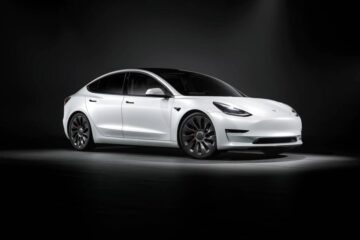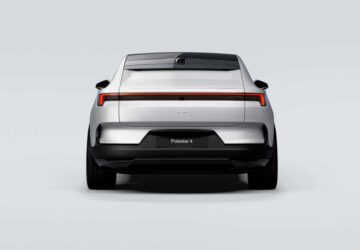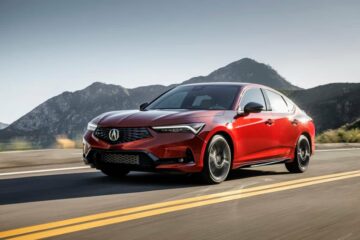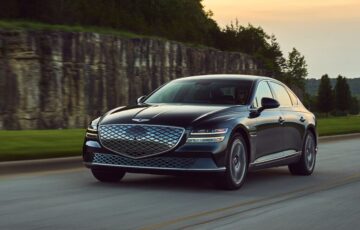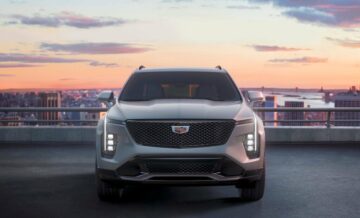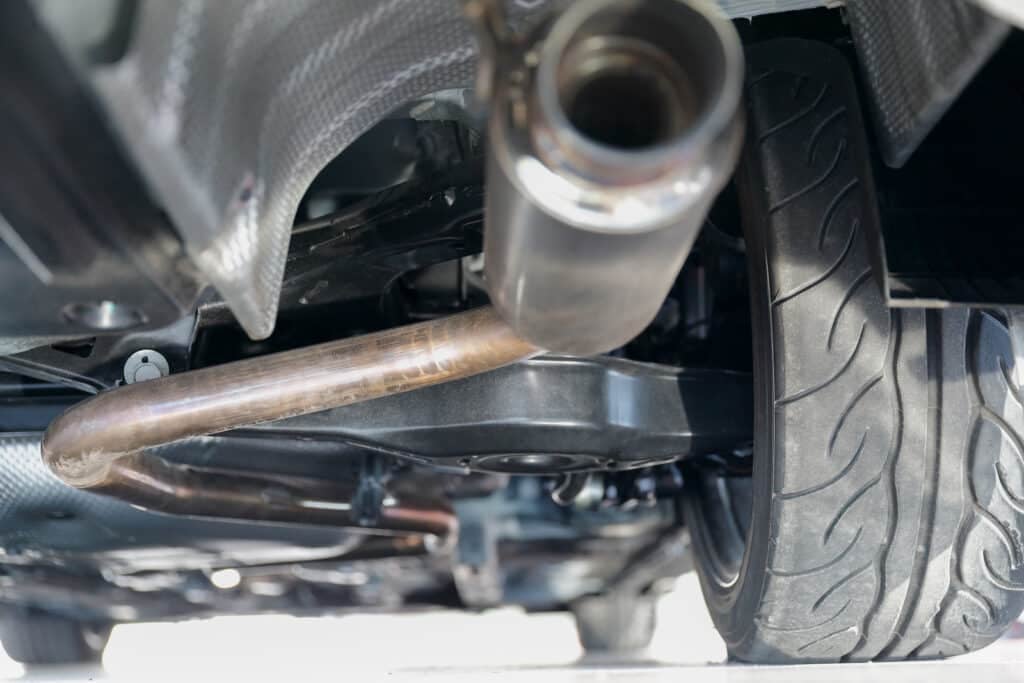
The non-profit, non-partisan energy and climate policy think tank Energy Innovation Policy & Technology LLC (EIPT) has published a paper that projects economic and climate effects of EV adoption by California and the 16 states that follows its clean air rules. The paper argues that full adoption would bring significant benefits to residents in the form of consumer savings, cleaner air, and new jobs.
The paper comes after the state of California recently implemented a new rule, called “Advanced Clean Cars II” (ACC II) that requires increasing percentages of zero emission vehicle (ZEV) sales starting in 2026 and progressing to 100% new ZEV sales by 2035. This plan tracks with rules taking effect in Europe, as the European Parliament recently approved a law to effectively ban the sale of new internal combustion cars in the European Union by 2035.
Within the United States, 16 other states follow California’s rules when it comes to automobile emissions. Together, the 17 states are called “177 states,” because they follow Section 177 of the U.S. Clean Air Act, which allows any state to automatically adopt California’s standards in lieu of less stringent federal requirements. States are not required to seek EPA approval before adopting California’s standards.
EV sales lead to economic benefits
The paper states that if all 17 states, which together comprise about 40% of US new vehicle sales, adopt California’s 2035 deadlinethat the resulting shift would cut 1.3 gigatons of carbon emissions (equivalent to closing 13 coal plants), create 300,000 new jobs, save households more than $230 per year, and prevent 5,000 deaths in 2050.
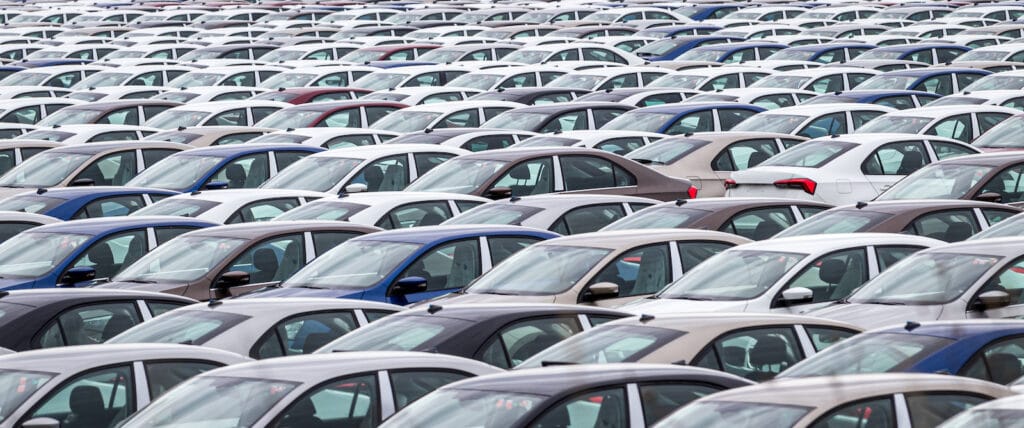
Due to federal tax credits and falling battery prices, the EIPT argues that most EVs are now cheaper off the lot than their gas-powered counterparts and are becoming even more affordable. The fuel and maintenance costs of EVs are respectively 60% and 40% lower than gas vehicles. As a result, states that promote EV sales can offer their residents significant cost savings. If all 177 States adopt ACC II, households across the U.S. could save an average of $238 every year, with higher savings in states that offer their own EV incentives. For example, households in New Jersey could save an average of $682 every year when the state implements the ACC II rule.
ACC II adoption by all 17 states could also create up to 300,000 new domestic jobs by 2050, driven primarily by increased production of domestically-sourced EVs and the spending of fuel and maintenance savings. These job gains could be even larger depending on the impact of IRA tax credits for battery and vehicle manufacturers.
Health benefits as well

EIPT also projects that increased adoption of EVs will offer health benefits, especially in cities that currently suffer high rates of asthma and other respiratory ailments due in part to vehicle emissions.
“Our modeling finds that 177 States’ adoption of ACC II could prevent more than 160,000 asthma attacks, 570,000 health-induced lost workdays, and 5,000 premature deaths by 2050. ACC II adoption will especially benefit communities of color and low-income communities, as vehicle pollution is disproportionally concentrated in these communities,” the paper states.
According to research by the National Institutes of Health, “Several components of air pollution have been linked to asthma. In addition to the well-studied criteria air pollutants, such as nitrogen dioxide, sulfur dioxide, and ozone, diesel exhaust and diesel exhaust particles (DEPs) also appear to play a role in respiratory and allergic diseases.”
Additional measures can maximize benefits
According to the EIPT projections, the IRA’s electric vehicle (EV) tax credit could boost EV sales as high as 57% in 2030, but sales could fall to 42% in 2033 if the tax credit is not renewed and is allowed to expire. Alternatively, if all 17 of the states that currently follow California emissions standards adopt ACC II, EVs could make up 66% of the U.S. car market in 2035 and 81% in 2050.

The EIPT believes that increased adoption of ACC II will get more EVs on the road in the coming years, if the rules is combined with supporting policies. Examples include funding means-based EV tax credits to promote access to emissions-free vehicles for low-income consumers. For example, Oregon already provides means-tested rebates for low- and middle-income buyers of new or used EVs and plug-in hybrids.
Next, EIPT suggests that policymakers incentivize EV infrastructure buildout, establishing wide-spread charging networks to overcome any worry drivers may have about powering their vehicles. Further, tax incentives for EV supply-chain manufacturing can bring additional jobs to states that participate.
Looking farther up the “well to wheel” supply chain, EIPT promotes the idea that clean electricity standards will ensure EV charging is truly emissions-free, and policymakers should proactively plan for extensive distributed charging on the existing grid. Regulators should streamline interconnection and EV charging upgrades to support grid reliability. Lastly, EIPT believes that states should update building codes and allow local stretch codes to ensure building stock is compatible with future EV charging.
As new vehicle markets pivot to EVs, EIPT believes that states that adopt ACC II and supporting policies will be best positioned to fully leverage all the benefits of EVs and IRA dollars. “Any delay forgoes savings, cleaner air, and new jobs,” the report concludes.
- SEO Powered Content & PR Distribution. Get Amplified Today.
- Platoblockchain. Web3 Metaverse Intelligence. Knowledge Amplified. Access Here.
- Source: https://www.thedetroitbureau.com/2023/04/ev-transition-could-make-us-healthier-wealthier-and-wise/
- :is
- $UP
- 000
- 1
- 1.3
- a
- About
- access
- across
- Act
- addition
- Additional
- adopt
- Adopting
- Adoption
- affordable
- After
- agencies
- AIR
- Air pollution
- All
- allergic
- allows
- already
- and
- appear
- approval
- approved
- ARE
- Argues
- AS
- Attacks
- automatically
- automobile
- average
- Ban
- battery
- BE
- because
- becoming
- before
- believes
- benefits
- BEST
- boost
- bring
- Building
- by
- california
- called
- CAN
- car
- carbon
- carbon emissions
- cars
- chain
- charging
- cheaper
- Cities
- Climate
- closing
- Coal
- Codes
- color
- combined
- coming
- coming years
- Communities
- compatible
- components
- Concentrated
- consumer
- Consumers
- Cost
- cost savings
- Costs
- could
- create
- credit
- Credits
- criteria
- Currently
- Cut
- deaths
- delay
- Depending
- diesel
- diseases
- distributed
- dollars
- Domestic
- driven
- drivers
- Economic
- effect
- effectively
- effects
- Electric
- electric vehicle
- electricity
- emission
- Emissions
- energy
- energy innovation
- ensure
- EPA
- Equivalent
- especially
- establishing
- Ether (ETH)
- Europe
- European
- european union
- EV
- Even
- Every
- example
- examples
- existing
- extensive
- Fall
- Falling
- Federal
- finds
- follow
- follows
- For
- form
- Fuel
- full
- fully
- funding
- further
- future
- Gains
- GAS
- get
- Government
- Grid
- Have
- Health
- healthier
- High
- higher
- households
- HTTPS
- idea
- Impact
- implemented
- implements
- in
- Incentives
- incentivize
- include
- increased
- increasing
- Infrastructure
- Innovation
- internal
- IRA
- IT
- ITS
- Jersey
- Job
- Jobs
- larger
- lead
- Leverage
- linked
- LLC
- local
- maintenance
- make
- Manufacturers
- manufacturing
- Market
- Markets
- max-width
- Maximize
- May..
- measures
- modeling
- more
- National
- networks
- New
- New Jersey
- NIH
- non-profit
- of
- offer
- Offers
- on
- Oregon
- Other
- Overcome
- own
- Paper
- parliament
- part
- participate
- percentages
- picture
- Pivot
- plan
- plants
- plato
- Plato Data Intelligence
- PlatoData
- Play
- policies
- policy
- policymakers
- Pollution
- positioned
- Powering
- Premature
- prevent
- Prices
- primarily
- Production
- projections
- projects
- promote
- promotes
- provides
- Rates
- recently
- reduce
- Regulators
- reliability
- renewed
- report
- required
- Requirements
- requires
- residents
- result
- resulting
- Reuters
- road
- Role
- Rosy
- Rule
- rules
- s
- Said
- sale
- sales
- Save
- Savings
- Section
- Seek
- shift
- should
- significant
- speed
- Spending
- standards
- Starting
- State
- States
- stock
- streamline
- such
- Suggests
- supply
- supply chain
- support
- Supporting
- taking
- tank
- tax
- tax credit
- Technology
- that
- The
- The State
- their
- These
- Think
- think tank
- to
- together
- transition
- u.s.
- union
- United
- United States
- Update
- upgrades
- us
- vehicle
- Vehicles
- which
- will
- WISE
- with
- would
- year
- years
- zephyrnet
- zero



